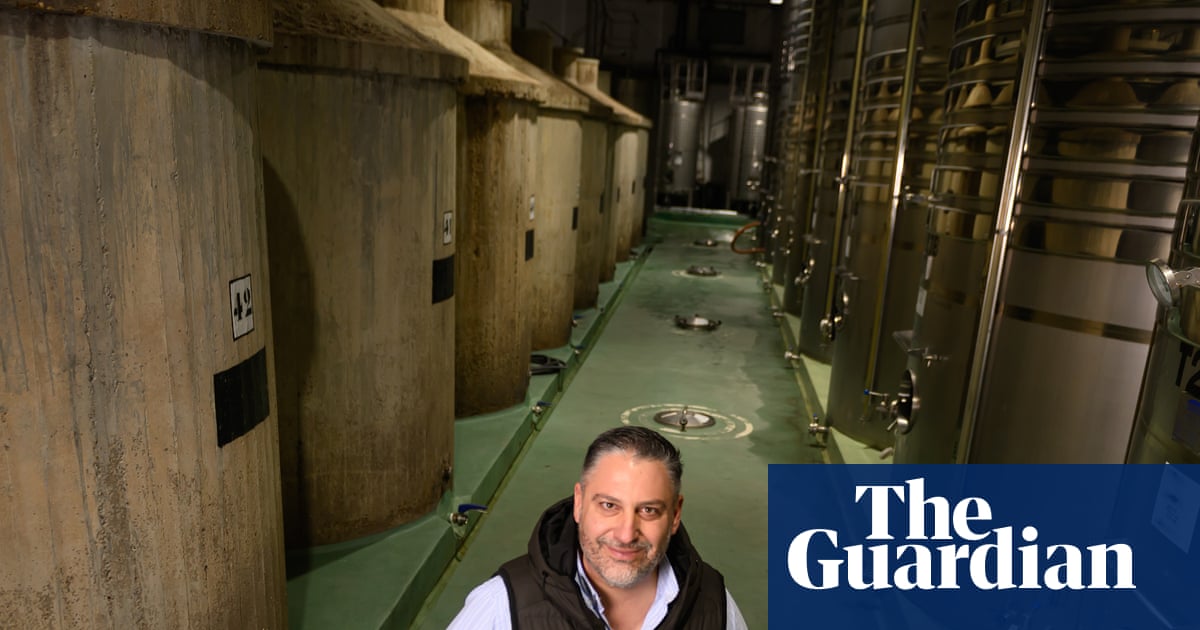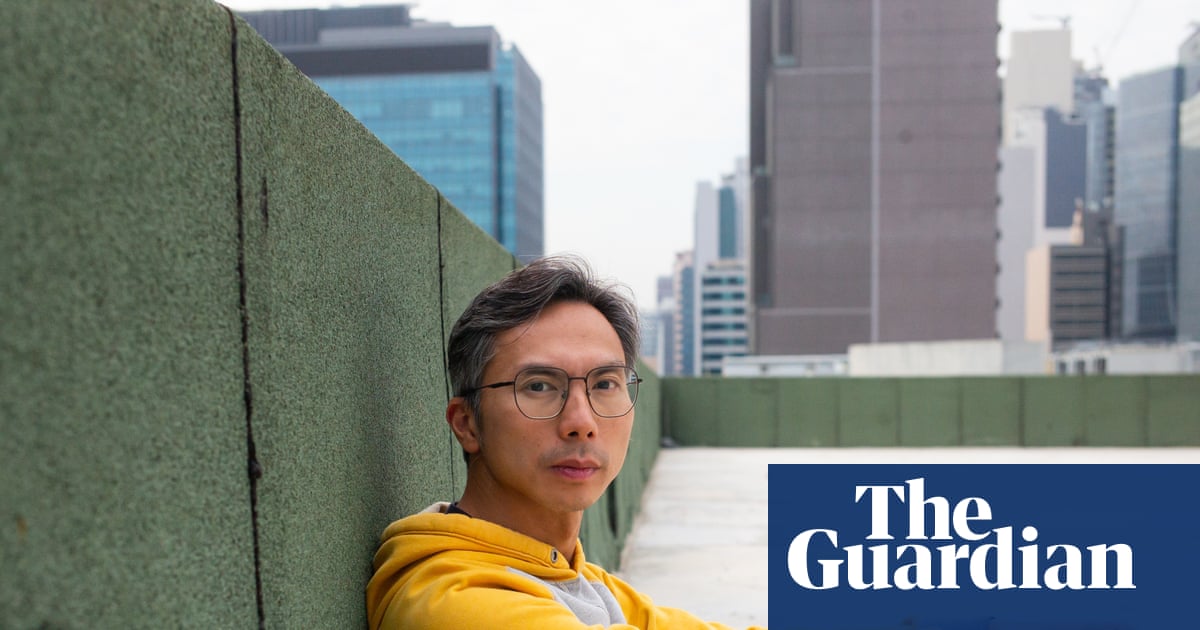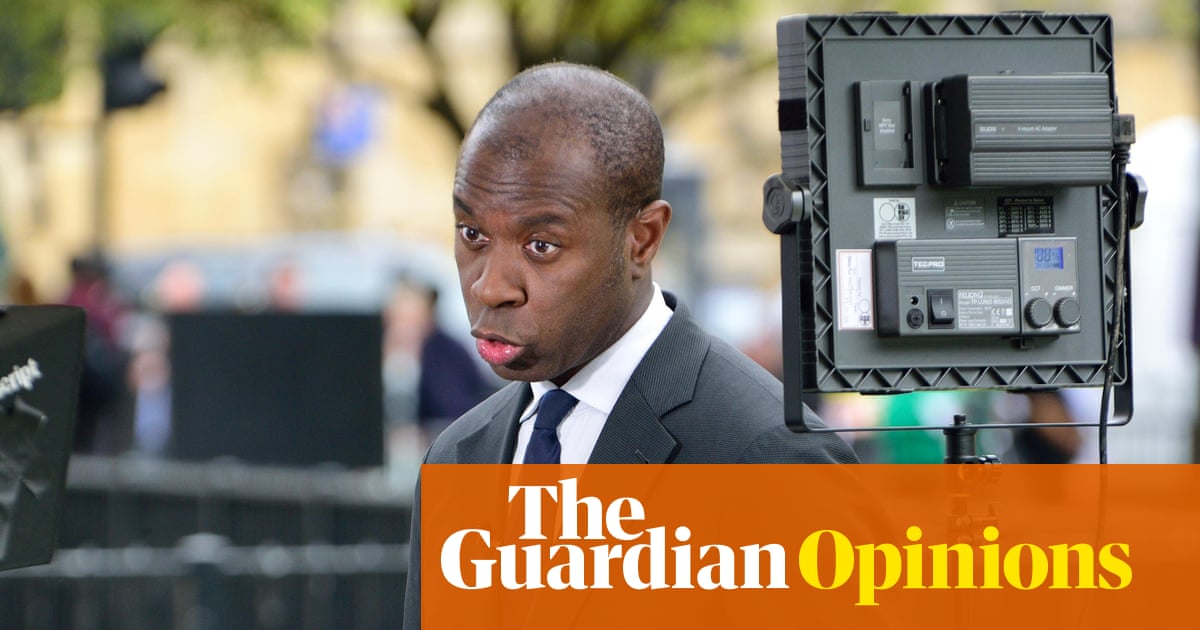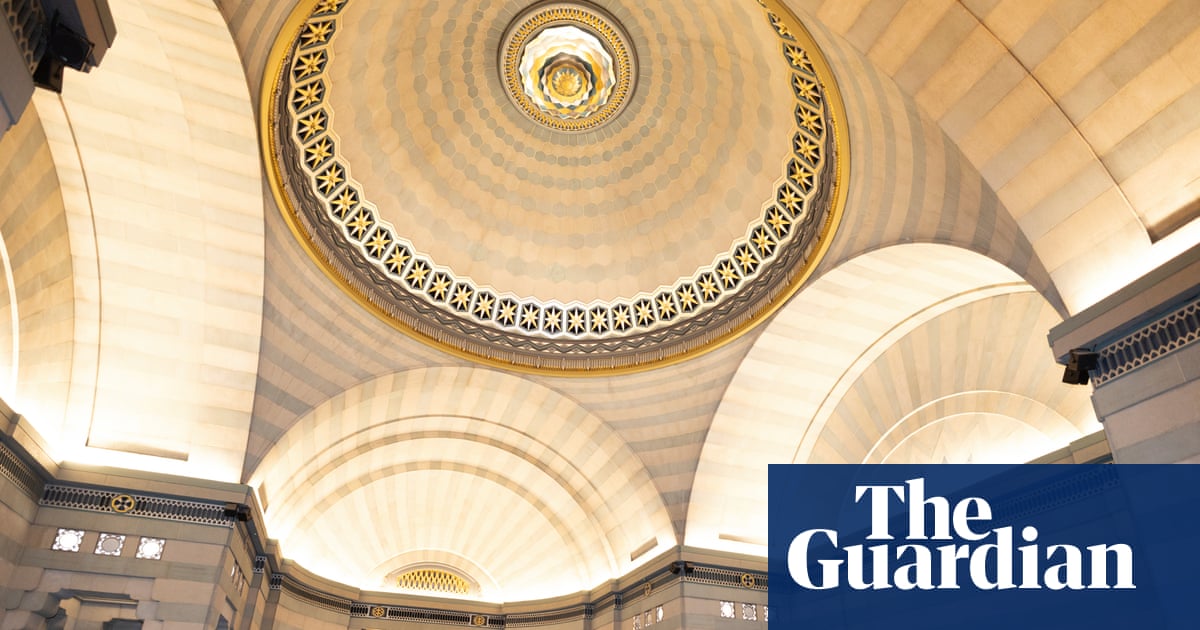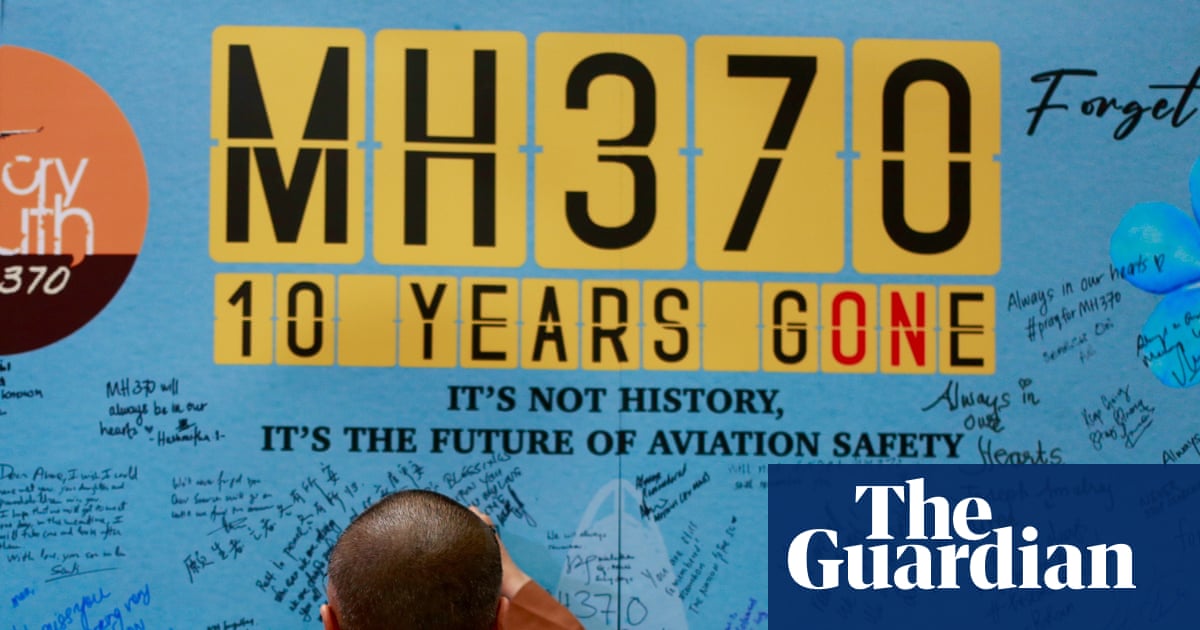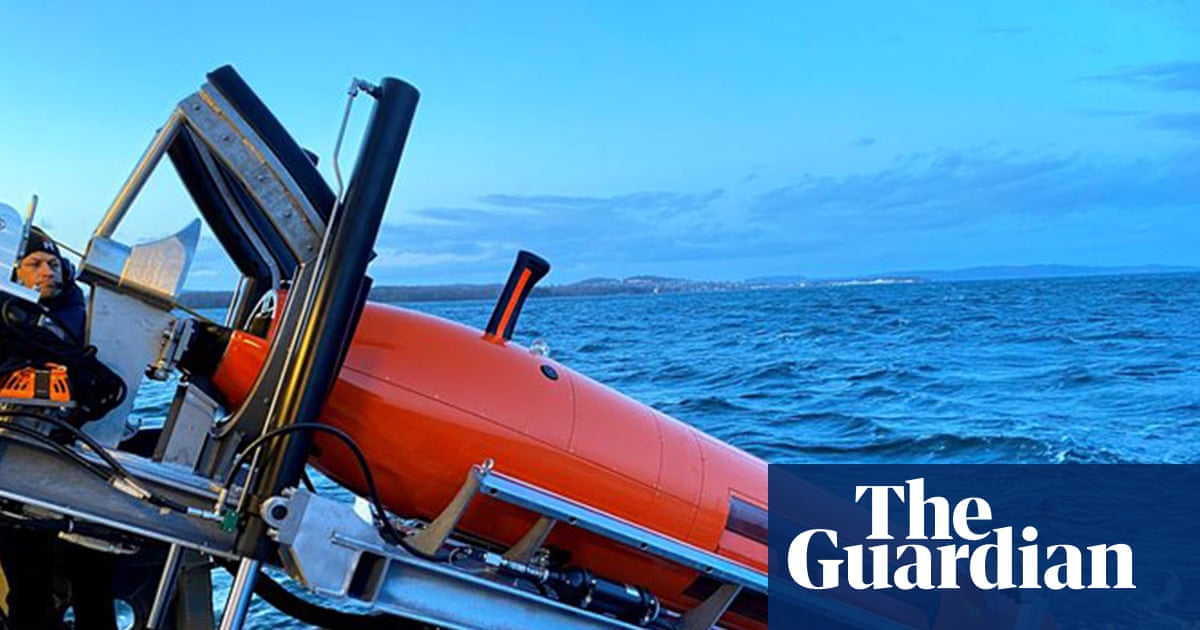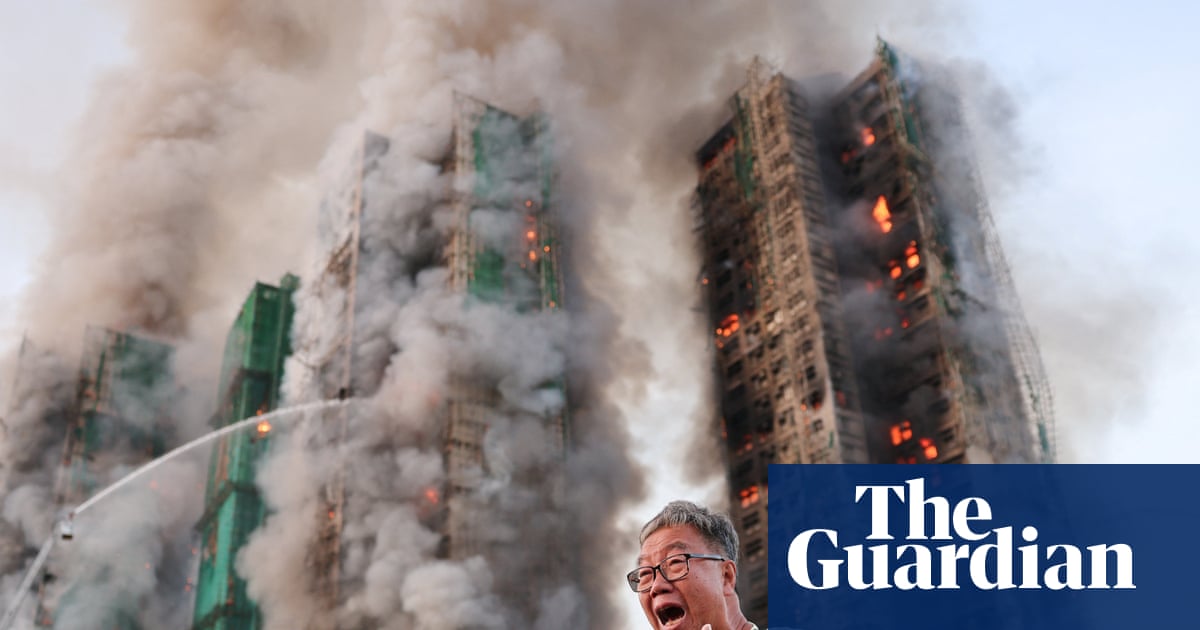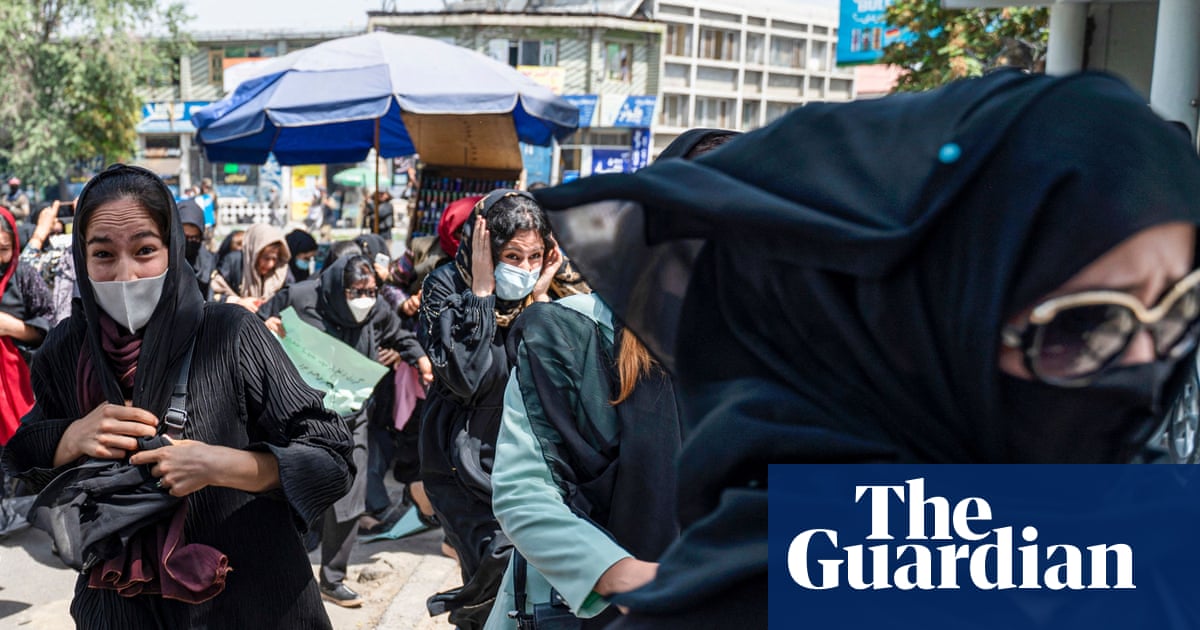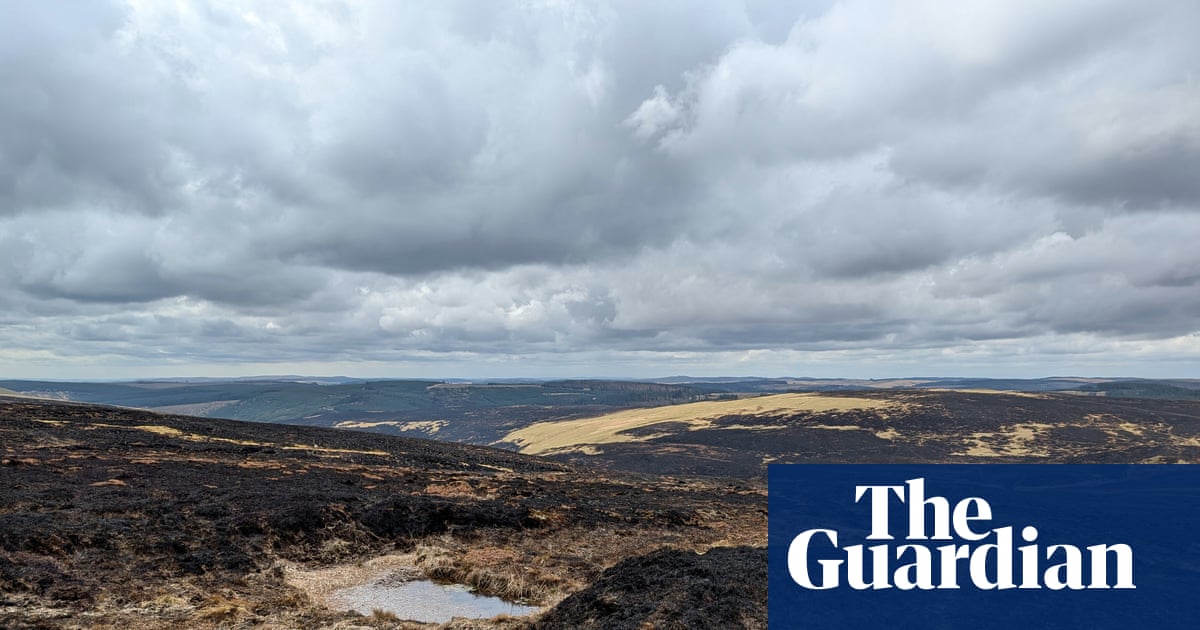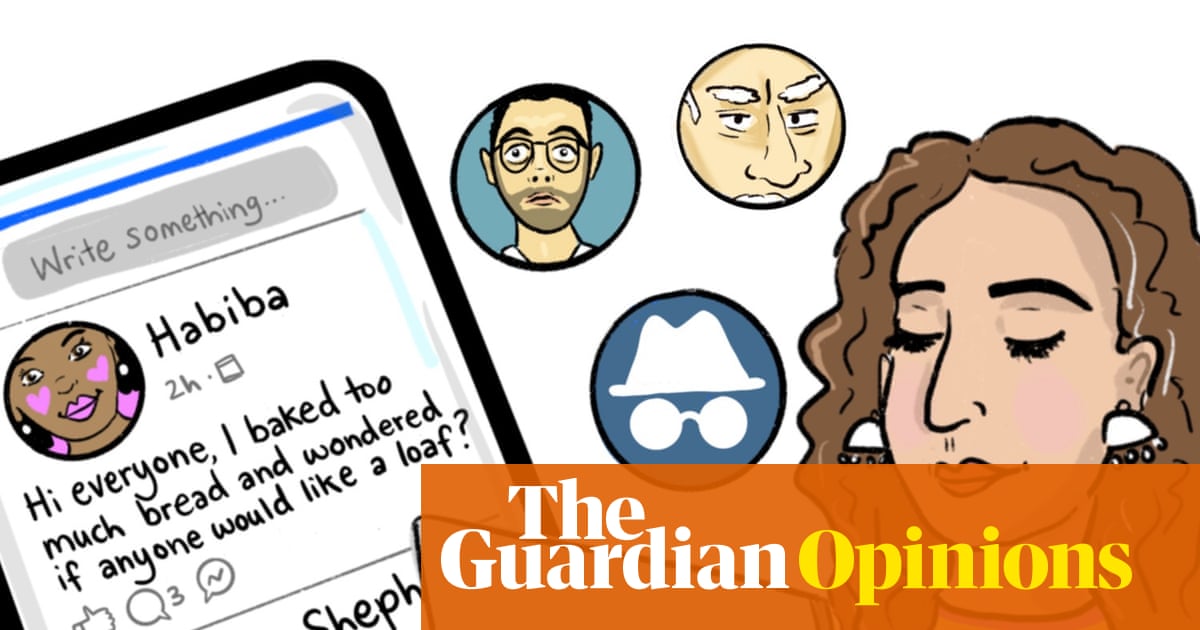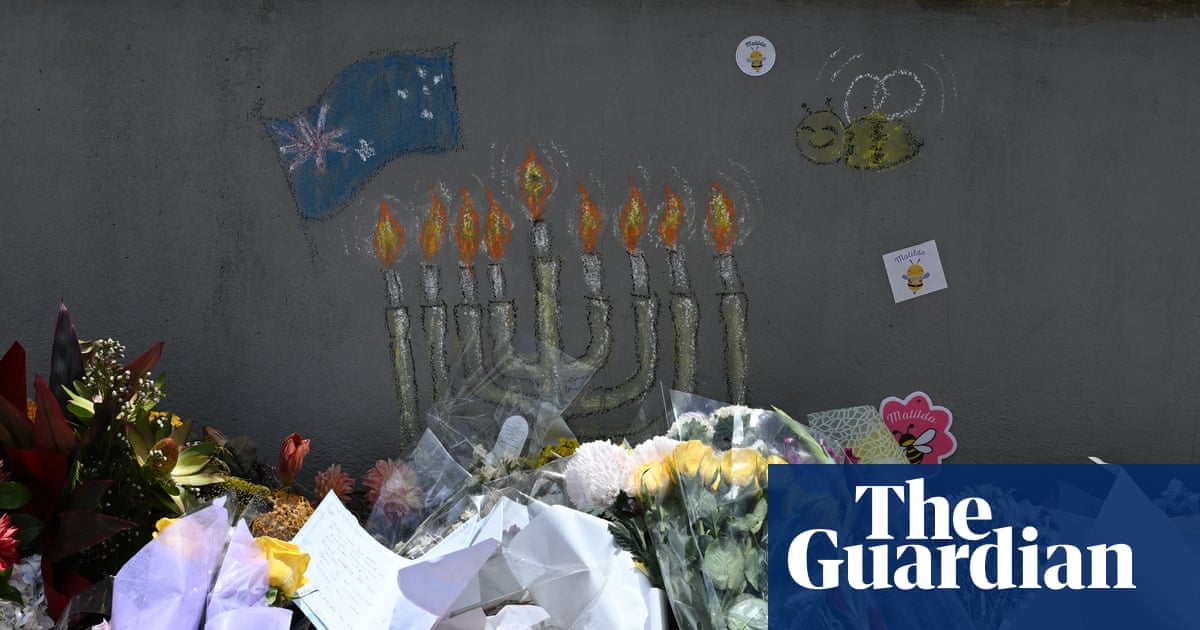If I ask you to conjure up a vision of “nature”, what comes to you? For most of us, I think our minds go to the pristine. Untouched rainforests, vast savanna grasslands, deep thickets, inaccessible mountains. Somewhere remote, somewhere uncontaminated, somewhere free of the touch of humans.
But those visions only represent a tiny fragment of the world’s biomes. The vast majority of the natural world – including more than 90% of temperate forest – has now been occupied by humans for thousands of years. We’ve radically reshaped nature with our presence, often in catastrophic ways.
For this week’s newsletter, we’re looking at the strange ecologies of what happens afterwards. In a new Guardian series, called The aftermath, we’re examining how the natural world responds in the wake of enormous change: catastrophes, huge population shifts, eruptions, toxic spills, earthquakes or bombings. For damaged landscapes, what happens when the dust settles? And what can it teach us about how to rehabilitate ecosystems in a time of environmental crisis?
I first started thinking about life in the aftermath when speaking to ecologist Erle Ellis last year. Ellis has spent his career examining how humanity has shaped the planet, and was one of the lead scientists working on how the “Anthropocene” might be defined as a new era of geological time.
Back in 2021, Ellis was one of a group of scientists who launched a study using a huge “hindcasting” model. A hindcast works like a forecast, except it looks backwards. This one modelled how humans had interacted with Earth since the last ice age. What they found, Ellis says, shocked him. We tend to think of the not-too-distant past as a golden time when huge swathes of nature thrived free of people. In fact, humans have been almost everywhere as far back as they could see.
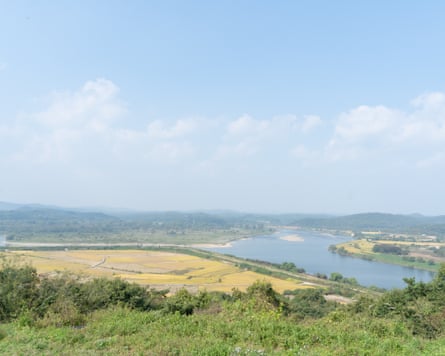
Looking back 12,000 years, nearly three-quarters of Earth’s land was occupied and actively shaped by human societies: farming, gardening and building, planting forests and burning. The occupied land included more than 95% of temperate and 90% of tropical woodlands. Many of the landscapes people now think of as “untouched”, from the savanna lands of equatorial Africa to the deep Amazon rainforest, have already been deeply transformed by human presence.
This discovery should change the whole way we think about the natural world, Erle said. “People are still imagining [nature as] this kind of pristine place that’s going to be saved from people – but that is definitely a misunderstanding,” he said. “Most of the terrestrial biosphere that can serve as habitat for the species we have left – it’s in the human landscapes. It’s not out there, somewhere far away.” That includes places that don’t fit with our ideas of what nature should look like. Obviously it’s crucial that we save the undamaged ecosystems that we have left – places like the Congo rainforest, which are of incalculable value. But if we think in terms of space, it’s the places that aren’t pristine that represent the biggest potential. “Those places that might just seem like a wasteland? Those are the big opportunities.”
There’s something sad about the idea that people have touched so much of the earth, but something hopeful, too: amazing ecosystems have sprung up after or alongside massive human intervention, and survived events that seemed like disaster at the time. That’s why we’re running a series on “the aftermath”. It examines the fascinating, often counterintuitive ways that nature can respond to massive transformation.
In Ukraine, we visited a vast bombed-out reservoir the size of New York City (pictured top). With the water drained away, a huge forest has grown – but is it a return to life, or a toxic timebomb?
In abandoned villages across Bulgaria, I witnessed something that’s happening all around the world as populations move to cities. There, scientists are discovering the unexpected ways that biodiversity can respond to total neglect. Sometimes, the complete disappearance of humans isn’t as helpful to nature as we might imagine.
Between North and South Korea, the demilitarised zone has become an ecological oasis with nearly 6,000 species documented. “I used to think I was the best environmentalist,” says Kim Seung-ho, one of the ecologists studying the region (pictured above). “But I realised the landmines are doing more for conservation than anyone. It’s ironic, no? Weapons meant for killing have become the greatest protectors of life.”
after newsletter promotion
Over the next year, we’ll be looking at other examples around the world. These places are complex, and often it’s not a simple story of recovery. Still: in the worst sites of conflict, contamination and destruction, unexpected havens can be created. What do they have to teach us about how to rehabilitate the natural world?
Read more:

 3 months ago
53
3 months ago
53
